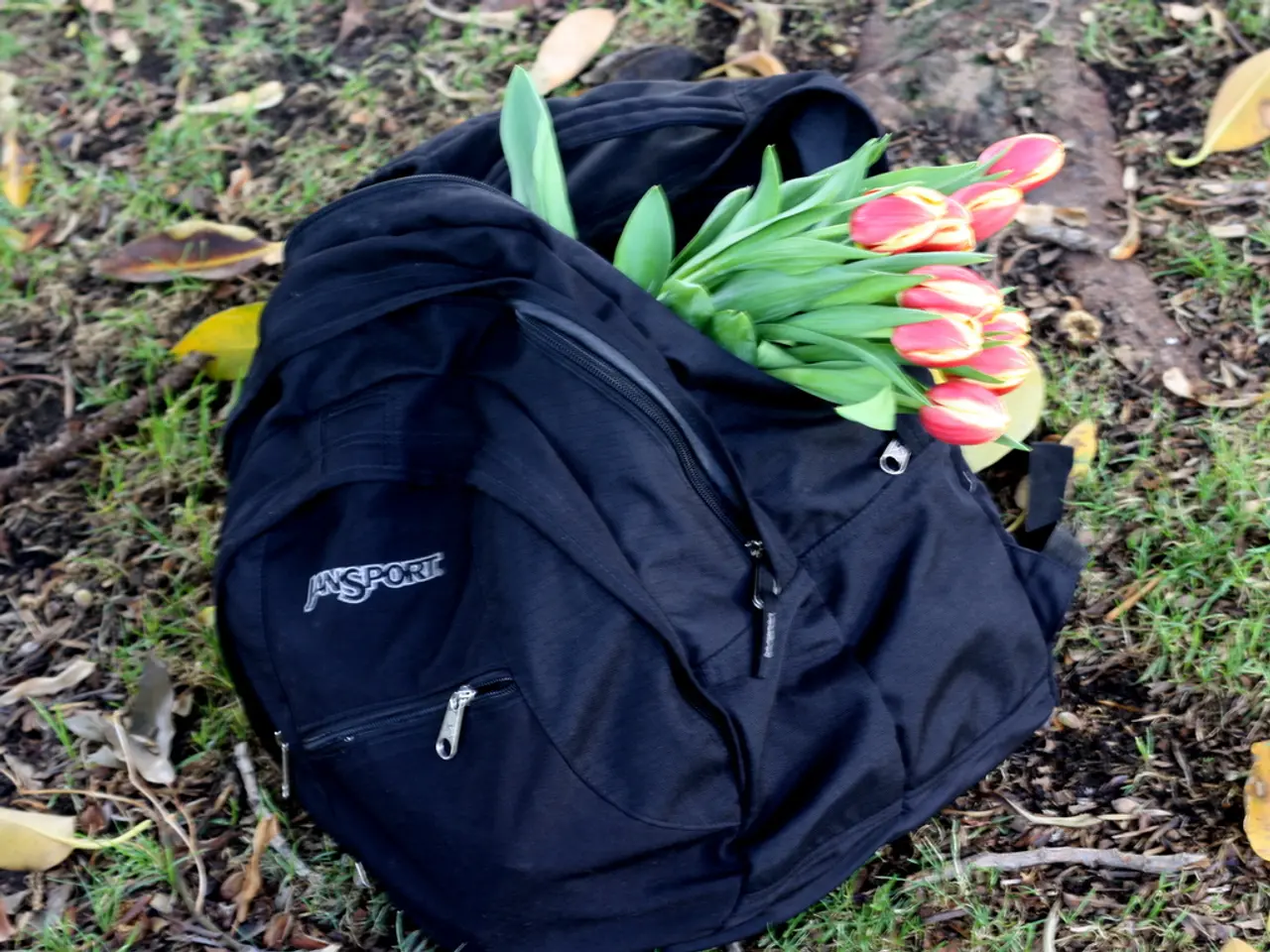Maintaining Soil During Shipping to Ensure Plant Safety
When it comes to shipping plants, it's essential to ensure they arrive safely and in good condition. Here are some tips to help you pack your plants securely.
Packing the Plant
- Secure delicate foliage, protruding branches, or long stems with plant ties, soft string, rubber bands, or twist ties.
- Wrap the roots of bare-root plants in damp paper towels, peat moss, or damp sphagnum moss to retain moisture.
- For potted plants, wrap the entire plant and pot in bubble wrap or foam padding. Consider adding a cardboard collar around the base of the plant to keep the soil in place.
- Use cushioning materials such as newspaper, shredded paper, tissue paper, packing paper, or packing peanuts to fill any extra space in the box and provide extra protection.
Labeling and Packaging the Box
- Label the package with the name of the plant, simple care instructions, "Live Plant", "Perishable", "This End Up", shipping address, and return address.
- Indicate which end is up on the package.
- Reinforce the edges of the box with strapping tape.
- Seal the box with strong packing tape to prevent moisture loss and damage.
Shipping Considerations
- Ship plants early in the week, preferably on a Monday or Tuesday, to minimise the time they spend in transit.
- Label the box clearly with the name of the plant, "Live Plant", and "Perishable".
- Avoid shipping plants if either location is expecting extreme weather, such as freezing temperatures or intense heat.
Legal Restrictions for Shipping Plants
When shipping plants interstate or internationally, there are legal restrictions to consider.
Interstate Shipping within the U.S.
A permit is required to transport regulated plants, plant products, organisms, or vectors between states or territories. This includes pathogenic organisms affecting plants and vectors such as insects or mites. The recipient usually must hold the valid permit, which specifies approved shipping methods, packaging, and containment conditions.
International Shipping
Importing plants requires permits from agencies like USDA APHIS and compliance with specific import regulations to prevent the introduction of invasive pests. Treatments and certifications from approved treatment providers are often required before shipment. Untreated or uncertified shipments may be rejected or require onshore treatment.
U.S. Customs Compliance
Accurate and complete commercial documentation (invoices, origin, species, quantities) is essential for U.S. customs compliance. Additionally, shipments must comply with partner government agency regulations relevant to plants and plant products, such as USDA/APHIS requirements.
In summary, shipping plants interstate or internationally involves obtaining permits from authorities like USDA APHIS, meeting phytosanitary treatment and certification standards, following packaging, labeling, and biosafety requirements in the permits, and ensuring accurate documentation to comply with customs and agricultural laws. Failure to comply can result in shipment holds, refusals, or penalties.
Additional Tips
- Use a sturdy box for shipping, ensuring it is just big enough for the plant to fit snugly.
- Fill any extra space in the box with newspaper, shredded paper, or foam to prevent movement.
- Include special instructions for care upon arrival, as the recipient may not know how to handle live plants.
- Choose a fast delivery service to ensure the plants reach their destination as soon as possible, aiming for a delivery time of two to three days.
- To maintain a healthy home-and-garden lifestyle while shipping plants, consider using a sturdy box that is just the right size for snugly fitting the plant.
- While ensuring a secure shipment of home-and-garden items, don't forget to fill any extra space in the box with cushioning materials, such as newspaper, shredded paper, or foam, for added protection during transit.




